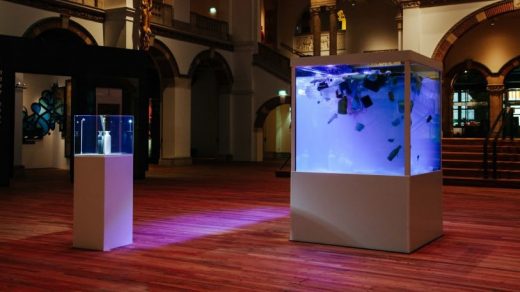This “plasticarium” shows you what the plastic-filled ocean actually looks like
If you haven’t gone swimming in some parts of Southeast Asia or traveled to the so-called Great Pacific Garbage Patch, it’s difficult to comprehend the scale of the ocean plastic problem. A new museum exhibit attempts to make it more visceral: Sitting in a glass cube is 2,700 liters of water sampled from the Pacific Ocean, complete with the trash inside.
“We want to bring it to the people so you can see it,” says Merijn Everaarts, founder of Dopper, a Dutch B corporation that makes refillable water bottles and produces exhibits about plastic pollution on the side.
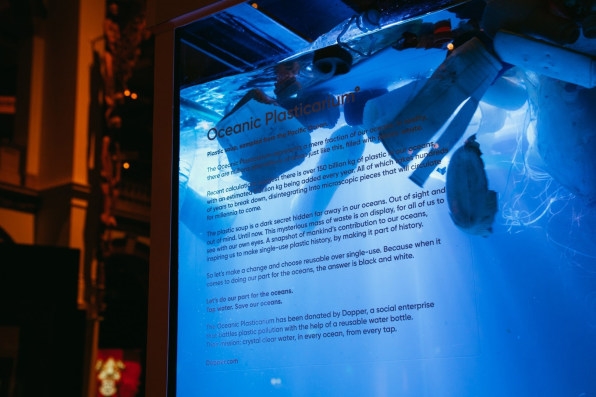
The cube, which the designers call a “plasticarium,” currently sits on display at the Tropenmuseum in Amsterdam, a museum that focuses on global culture. Inside, the cube glows from lights designed to look like sunlight shining through the water and plastic. A current moves the water, and the plastic floats both on the surface and underwater. The same thing happens in the ocean. “It sinks and then slowly biodegrades, and then it becomes plastic soup [with smaller pieces],” he says.
The small sample of water is designed to help people understand the vastness of the problem. “If you say a million tons of plastic is entering the ocean every year, how much is 8 million tons? Nobody can comprehend that number,” Everaarts says. (That stat, from 2015, may now be outdated, as plastic production continues to increase each year; one estimate suggests that by 2050, there may be more plastic in the ocean than fish.)
The exhibit is set to travel to London and Berlin, and may eventually also come to the U.S. Everaarts hopes to target the places where single-use packaging is most prevalent. The placement in museums is symbolic. “Hopefully this will be history,” he says. “In 30 years, we’ll look back at this time when we used so much plastic and we started to understand that it shouldn’t be part of our daily life.”
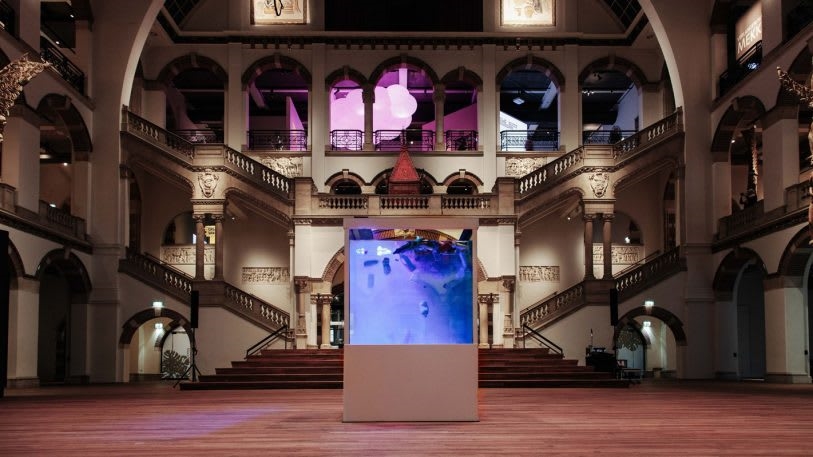
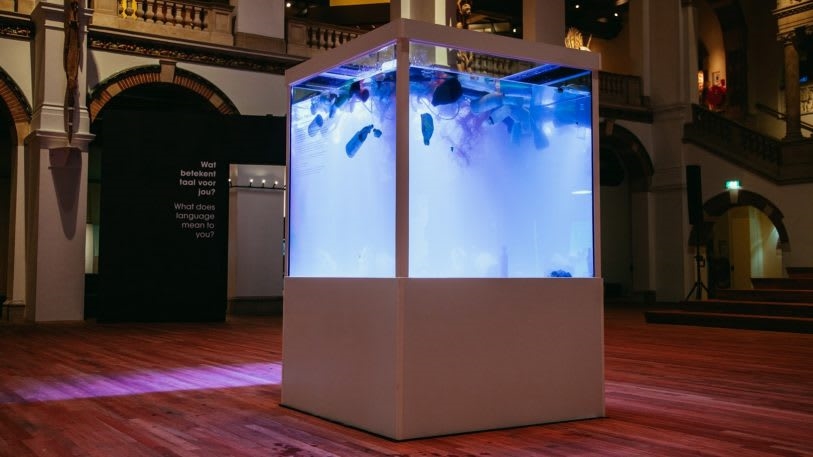
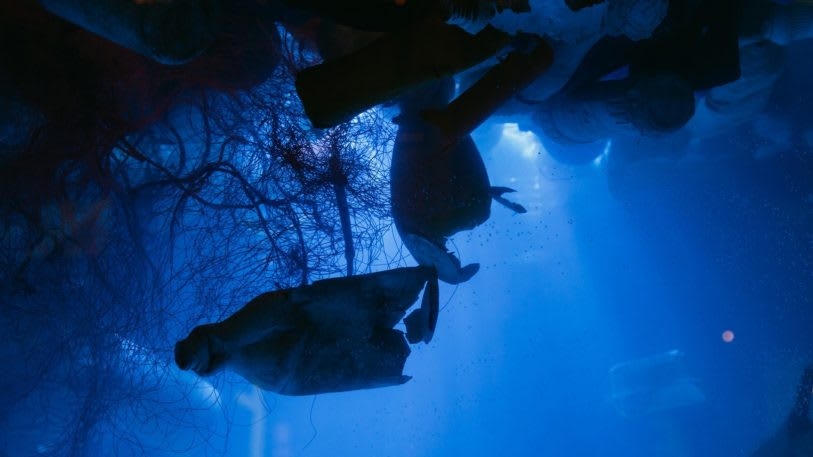
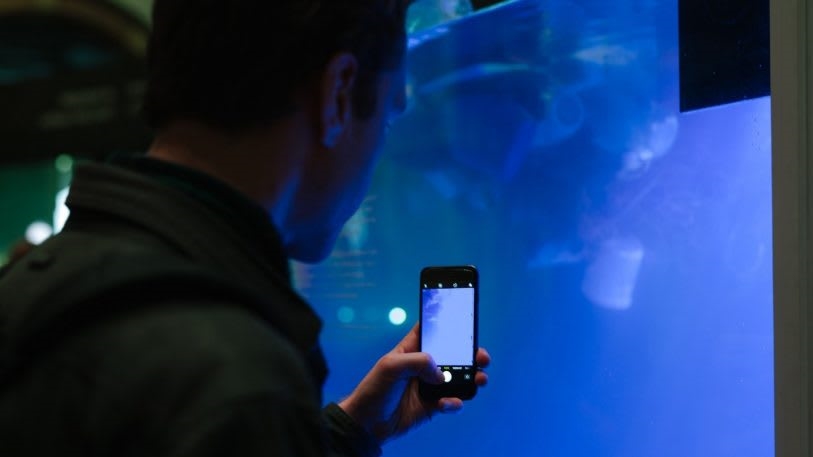
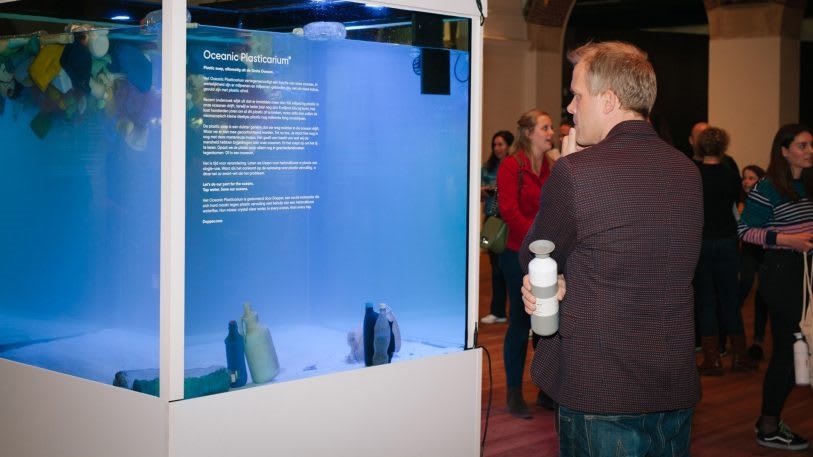
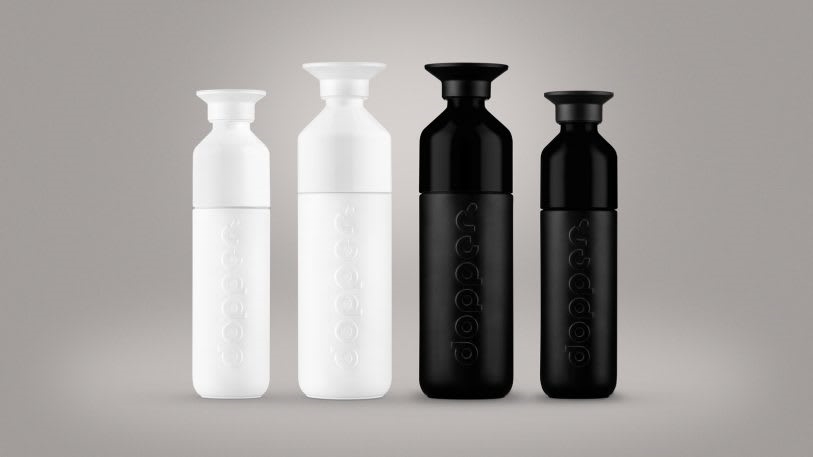
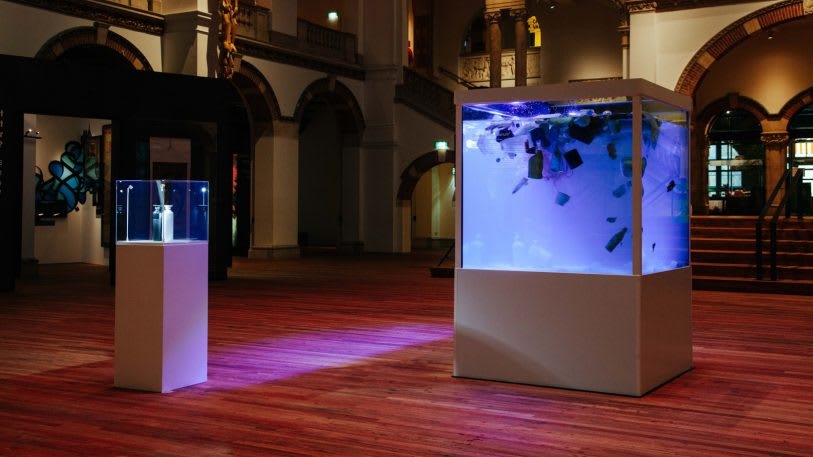
Fast Company , Read Full Story
(13)

